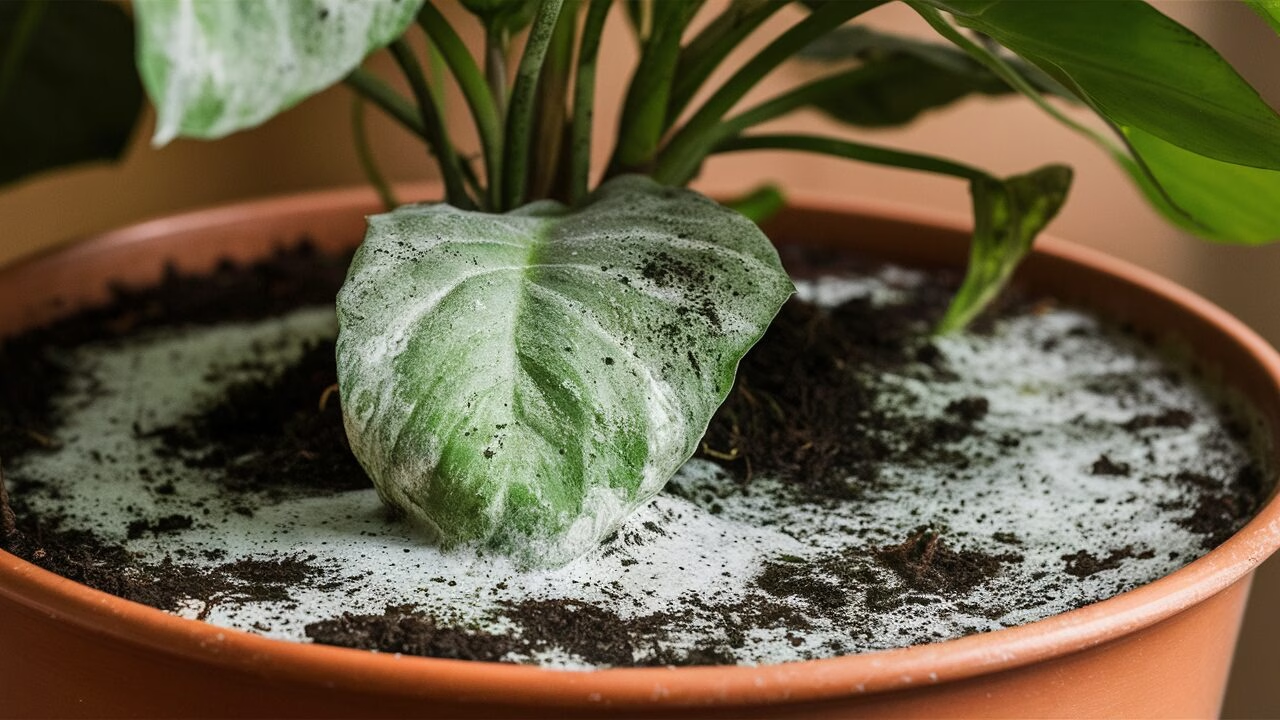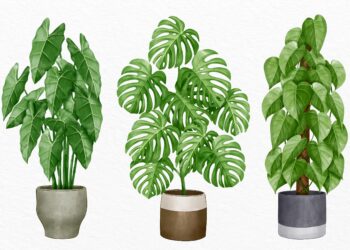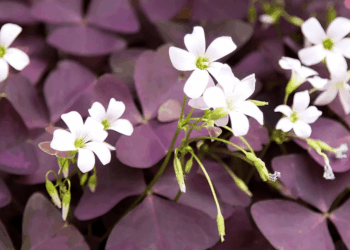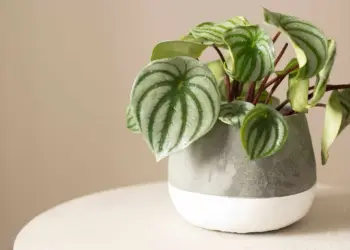Houseplants can bring so much life and beauty into your home, but they come with their own set of challenges. One of the most common, yet frustrating problems for plant enthusiasts is dealing with moldy soil. If you’ve ever noticed a fuzzy, white, or grayish layer forming on your plant’s soil, you’re not alone. Mold in houseplant soil is more than just an eyesore-it can impact your plant’s health and growth.
So, how do you get rid of mold in houseplant soil? This comprehensive guide will walk you through everything you need to know, from identifying mold to understanding why it appears, and finally, how to keep your plant soil mold-free. Buckle up and get ready to turn that moldy mess into a thriving green space!
How to Identify Mold on Soil
Recognizing mold in houseplant soil is the first step toward solving the problem. Mold might not always be obvious, so let’s dive into the key signs to look out for:
Common Signs of Moldy Soil
- White or Grayish Film: Often seen as a powdery or fuzzy layer on the surface of the soil.
- Unpleasant Odor: A musty smell is a clear indicator of mold growth.
- Soil Texture Changes: Moldy soil may appear slimy or overly damp.
- Black Spots: Sometimes, mold manifests as dark, blotchy patches on the soil.
Spotting Mold Early
Keeping an eye on your plants and their soil is crucial. Check your houseplants regularly for any of the signs mentioned above. If you catch it early, you’ll have a better chance of treating the problem before it gets out of hand!
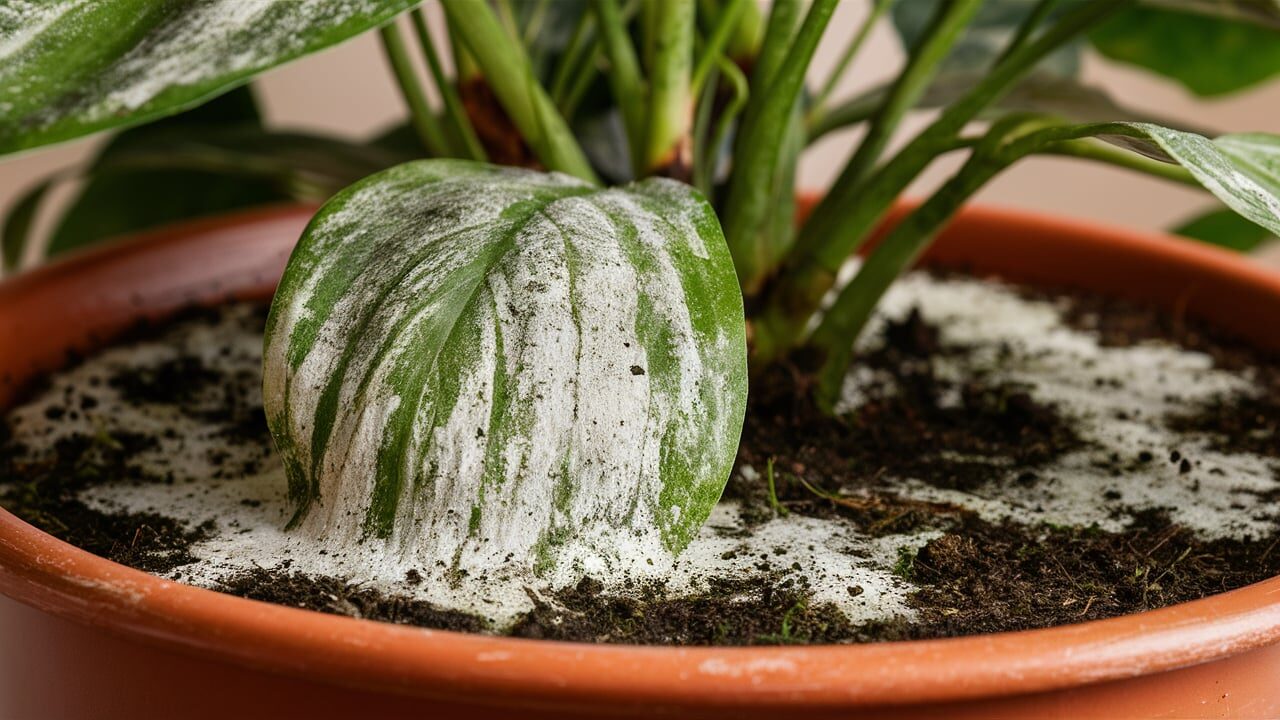
Why Indoorplant Soil Gets Moldy
Understanding why mold forms in houseplant soil can help you tackle the root of the problem. Here are some common reasons:
1. Overwatering
Watering your plants too frequently or allowing them to sit in soggy soil can create the perfect breeding ground for mold. Mold thrives in damp, stagnant environments, so be cautious with how much and how often you water.
2. Poor Drainage
If your plant pots don’t have adequate drainage, excess water will accumulate at the bottom. This trapped moisture can lead to mold growth. Make sure your pots have drainage holes and that you’re using well-draining soil.
3. Lack of Air Circulation
Plants need good airflow around their soil to stay healthy. Without it, moisture can get trapped, creating a cozy environment for mold. Ensure your plants are in well-ventilated areas.
4. High Humidity
Excessive humidity, especially in poorly ventilated rooms, can contribute to mold issues. If you live in a particularly humid area, consider using a dehumidifier to help keep the air dry.
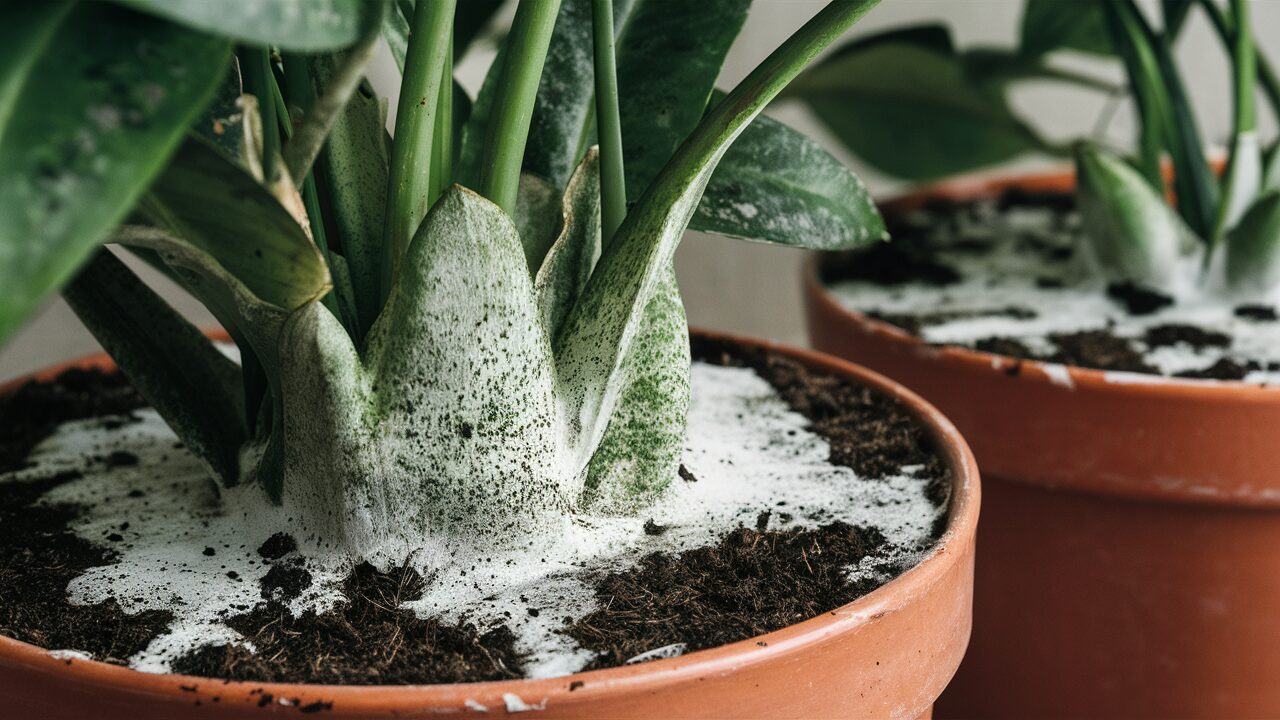
How Moldy Soil Affects Plants
Moldy soil isn’t just a cosmetic issue-it can seriously impact your plant’s well-being. Here’s how:
1. Root Rot
Mold can lead to root rot, a serious condition where plant roots become mushy and start to decay. This can ultimately kill your plant if not addressed promptly.
2. Stunted Growth
When mold interferes with root health, it hampers the plant’s ability to absorb nutrients and water. This often results in stunted growth and poor overall plant health.
3. Increased Susceptibility to Pests
Moldy soil can attract pests and diseases. Insects like fungus gnats thrive in damp, moldy conditions, and they can further damage your plants.
4. Reduced Oxygen Flow
Excessive mold can block air flow to the plant’s roots, making it harder for the plant to breathe and function properly.
How to Prevent Moldy Soil
Prevention is always better than cure. Here’s how to keep your houseplant soil from turning moldy:
1. Water Wisely
- Check Soil Moisture: Before watering, check if the top inch of soil is dry. Only water when needed.
- Use Proper Watering Techniques: Water your plants thoroughly but ensure the excess water can drain away.
2. Improve Drainage
- Choose the Right Pots: Use pots with drainage holes to prevent water from pooling.
- Add Drainage Material: Consider adding gravel or perlite to the bottom of the pot to enhance drainage.
3. Enhance Air Circulation
- Position Plants Wisely: Place your plants in areas with good airflow. Avoid crowding them together.
- Use Fans: A small fan can help circulate air around your plants and reduce humidity.
4. Manage Humidity
- Monitor Humidity Levels: Use a hygrometer to keep track of humidity in your plant room.
- Dehumidify: If needed, use a dehumidifier to maintain an optimal environment for your plants.
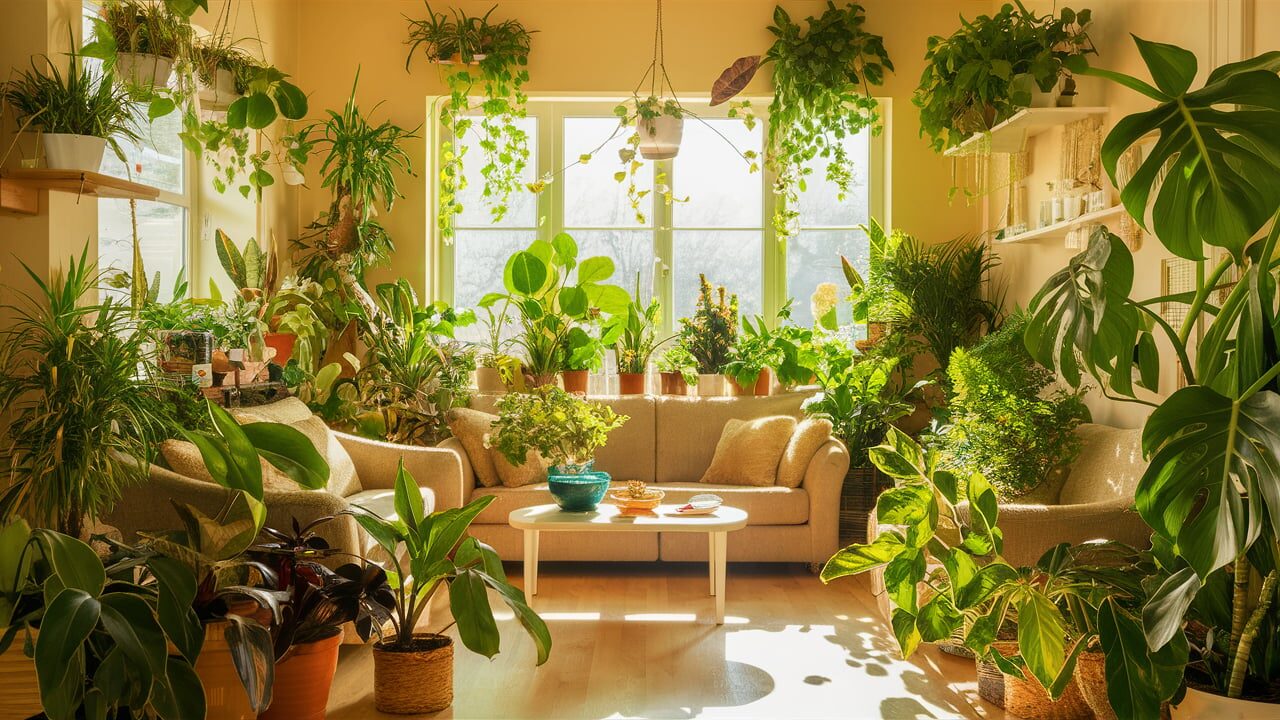
How To Get Rid Of Mold In Houseplant Soil
Now that you know how to prevent mold, let’s tackle the problem if you already have it. Here’s how to get rid of mold in houseplant soil:
1. Remove Affected Soil
Carefully remove the top layer of moldy soil. Dispose of it properly, and replace it with fresh, sterile soil.
2. Improve Drainage
Ensure your pot has good drainage and adjust your watering habits to avoid overwatering.
3. Clean the Pot
Wash your plant pot thoroughly with soap and water. You might also disinfect it with a solution of one part bleach to ten parts water to kill any lingering mold spores.
4. Adjust Environmental Conditions
Improve air circulation around your plant and reduce humidity levels to create a less hospitable environment for mold.
5. Use Fungicides
In severe cases, you may need to use a fungicide. Opt for a product that’s safe for houseplants and follow the instructions carefully.
Dealing with moldy soil in houseplants can be a daunting task, but with the right knowledge and proactive measures, you can keep your plants healthy and thriving. By learning how to identify mold, understanding why it appears, and implementing preventive measures, you’ll be well-equipped to handle moldy soil. Remember, a little attention goes a long way in maintaining a beautiful and healthy indoor garden. So, roll up your sleeves and give your plants the care they deserve-your green friends will thank you for it!
Feel free to share this guide with fellow plant lovers and keep those green thumbs thriving!
FAQs
Can I use vinegar to get rid of mold in houseplant soil?
A: Yes, white vinegar can be effective against mold. Mix one part vinegar with four parts water and apply it to the affected soil. Be cautious not to overdo it, as too much vinegar can harm your plant.
How often should I check for mold on my plants?
It’s a good idea to check your plants’ soil and overall condition every couple of weeks. Regular inspections can help you catch mold issues before they become severe.
Is mold on houseplant soil dangerous for pets?
Mold can be harmful if ingested or inhaled by pets. Keep an eye on your pets and try to keep them away from moldy soil.
Can I save a plant that has severe mold issues?
It’s possible if you act quickly. Remove the moldy soil, address any drainage issues, and adjust your plant’s environment. If the root system is severely damaged, however, the plant might not recover.
Should I remove mold from houseplant soil?
Yes, it’s advisable to remove mold from houseplant soil. Mold can indicate overwatering or poor soil drainage, which can harm plant health .
How to get rid of mold on plant soil naturally?
You can naturally get rid of mold on plant soil by:
- Enhancing soil drainage and airflow around the plant .
- Using cinnamon powder as a natural antifungal agent.
- Adjusting watering practices to ensure soil doesn’t stay too moist.
How to treat fungus in plant soil?
Treat fungus in plant soil by:
- Ensuring proper soil drainage and avoiding overwatering.
- Applying a natural fungicide like neem oil or hydrogen peroxide.
- Using cinnamon to inhibit fungal growth.
